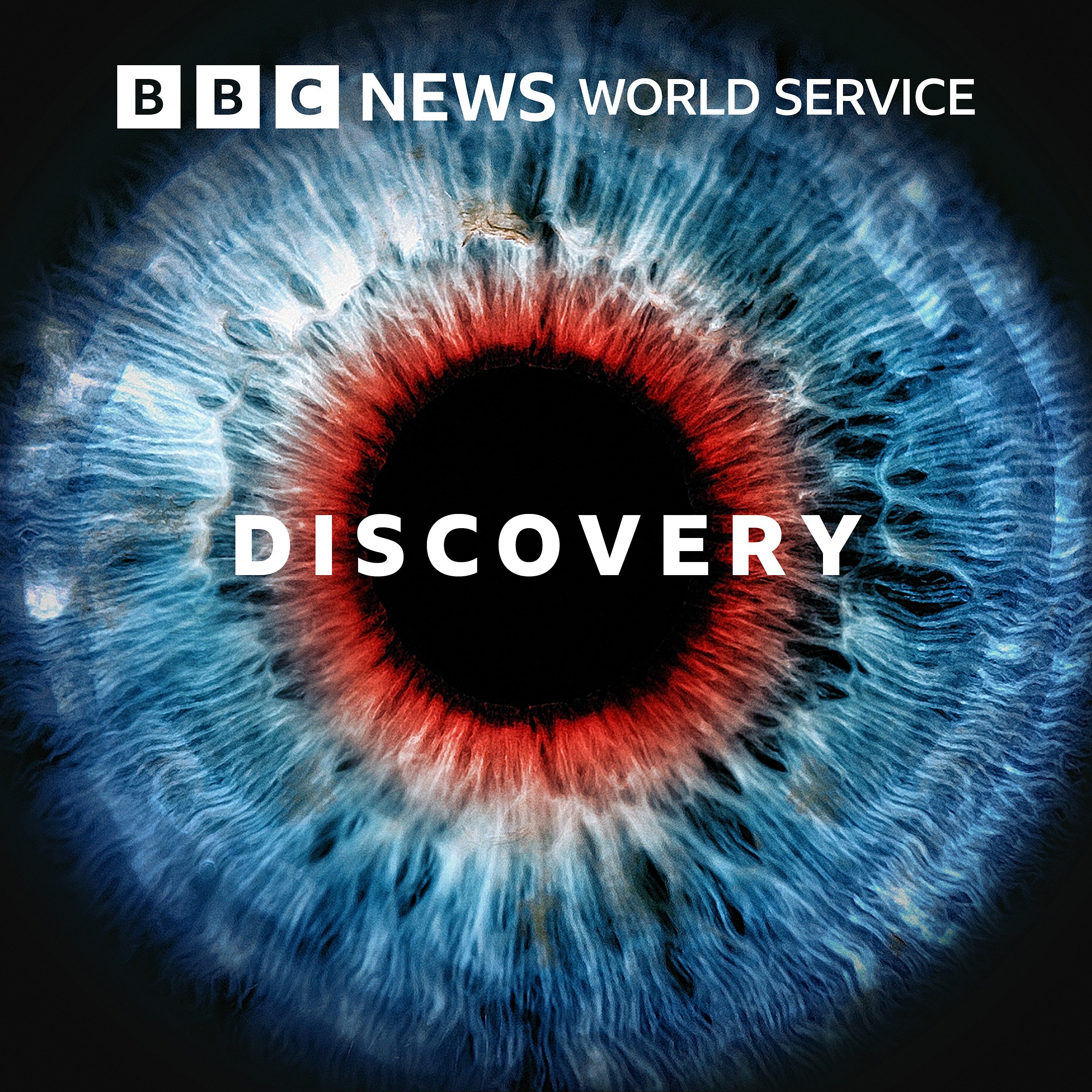BBC World Service - Discovery
Discovery
Explorations in the world of science.

-
Bodies
The London Anatomy Office accepts around 350 human bodies donated for medical research and education annually. You may imagine that these bodies are presevered in chemicals for medical students to study over weeks and months. And some are. But many are used - almost fresh - to train surgeons in the procedures which may one day save your life.
Journalist Jenny Kleeman gains rare access to a surgical training course at Brighton and Sussex Medical School which uses these "fresh" donor bodies. She talks to the people who work with them every day and the surgeons who have come to be trained to find out how they feel about the people who have given the ultimate gift and if we still need real human cadavers in medical education.
Presenter: Jenny Kleeman Producer: Ella Hubber
-
The Life Scientific: Kevin Fong
There can't be many people in the world who've saved lives in hospital emergency rooms and also helped care for the wellbeing of astronauts in space – but Kevin Fong’s career has followed a singular path: from astrophysics and trauma medicine, to working with NASA, to becoming an Air Ambulance doctor.
Kevin is a consultant anaesthetist and professor of public engagement and innovation at University College London. He’s worked on the front line in hospitals, dealing with major incidents and helping shape policy; but he's also stayed true to his childhood passion for space, working on multiple projects with NASA and even going through the astronaut application process himself. As if that wasn’t enough, he’s also become a well-known figure in science broadcasting through his various radio and TV shows.
Speaking to Professor Jim Al-Khalili, Kevin admits it hasn't always been an easy path – but his passion for both space and medicine have got him through. And today, he's channelling his energies into ensuring we protect the NHS's most precious commodity: its staff.
Presented by Jim Al-Khalili Produced by Lucy Taylor Revised for World Service by Minnie Harrop
-
The Life Scientific: Dame Pratibha Gai
Chemical reactions are the backbone of modern society: the energy we use, the medicines we take, our housing materials, even the foods we eat, are created by reacting different substances together. If we zoom in, it’s the atoms within these substances that rearrange themselves to give rise to new substances with the properties we need.
However, chemical reactions are far from perfect. They're often inefficient and their waste products can be harmful to the environment. Getting to grips with what goes on at the scale of individual atoms has long been a sticking point.
Dame Pratibha Gai has spent much of her career pioneering novel microscopes to bring this seemingly inaccessible atomic world into sharp focus. Now Emeritus Professor of Chemistry at York University, her microscope, known as the environmental transmission electron microscope, is housed in labs around the world. It allows scientists, like herself, to observe chemical reactions in real-time, in exquisite atomic detail, and tinker with them to create products that are not only better for all of us, but also the environment.
Presented by Jim Al-Khalili Produced by Beth Eastwood Revised for World Service by Minnie Harrop
-
The Life Scientific: Catherine Heymans
Have you ever considered the lighter side of dark matter? Comedy has proved an unexpectedly succesful way to engage people with science - as today's guest knows first-hand.
Astrophysicist Catherine Heymans is a Professor at the University of Edinburgh and the current Astronomer Royal for Scotland. She’s spent her career studying dark matter and dark energy: the mysterious ingredients that make up an estimated 95% of our cosmos, but which we still know surprisingly little about. Using increasingly powerful telescopes, both on earth and in space, Catherine has spent years building detailed maps of dark matter - even to the extent of capturing rare images of this mysterious cosmic component.
On top of her research achievements, she's committed to making science accessible to all; not least by taking an astronomy-themed comedy show to the Edinburgh Festival and beyond.
In conversation with Professor Jim Al-Khalili, Catherine talks about her passion for sharing the joys of astrophysics - and reveals how health challenges over the last few years have forced her to readdress her career, her ambitions and even her sense of self...
Presented by Jim Al-Khalili Produced by Lucy Taylor Revised for World Service by Minnie Harrop
-
The Life Scientific: Tim Coulson
As a young man, traveling in Africa, Tim Coulson - now Professor of Zoology at the University of Oxford - became seriously ill with malaria and was told a second bout would probably kill him. Aged only 20, this brush with his own mortality led him to promise himself he would write a complete guide to science: life, the universe and everything. His aim was to understand the existence of all living things - no mean feat!
Over the course of a colourful career, Tim's work has taken him all over the world: including researching wolves in Yellowstone National Park, little fish called guppies in the rivers of Trinidad and silvereye birds on Heron Island on the Great Barrier Reef. Using complicated mathematical models he builds up a picture of ecosystems seeking to explain how predators impact both evolution and ecosystems. And finally, more than thirty years after he vowed to write the book that would explain everything we know about science, he's done just that.
In conversation with Professor Jim Al-Khalili, Tim talks about his journey from youthful ambition to science demystifier.
Presented by Jim Al-Khalili Produced by Geraldine Fitzgerald Revised for World Service by Minnie Harrop